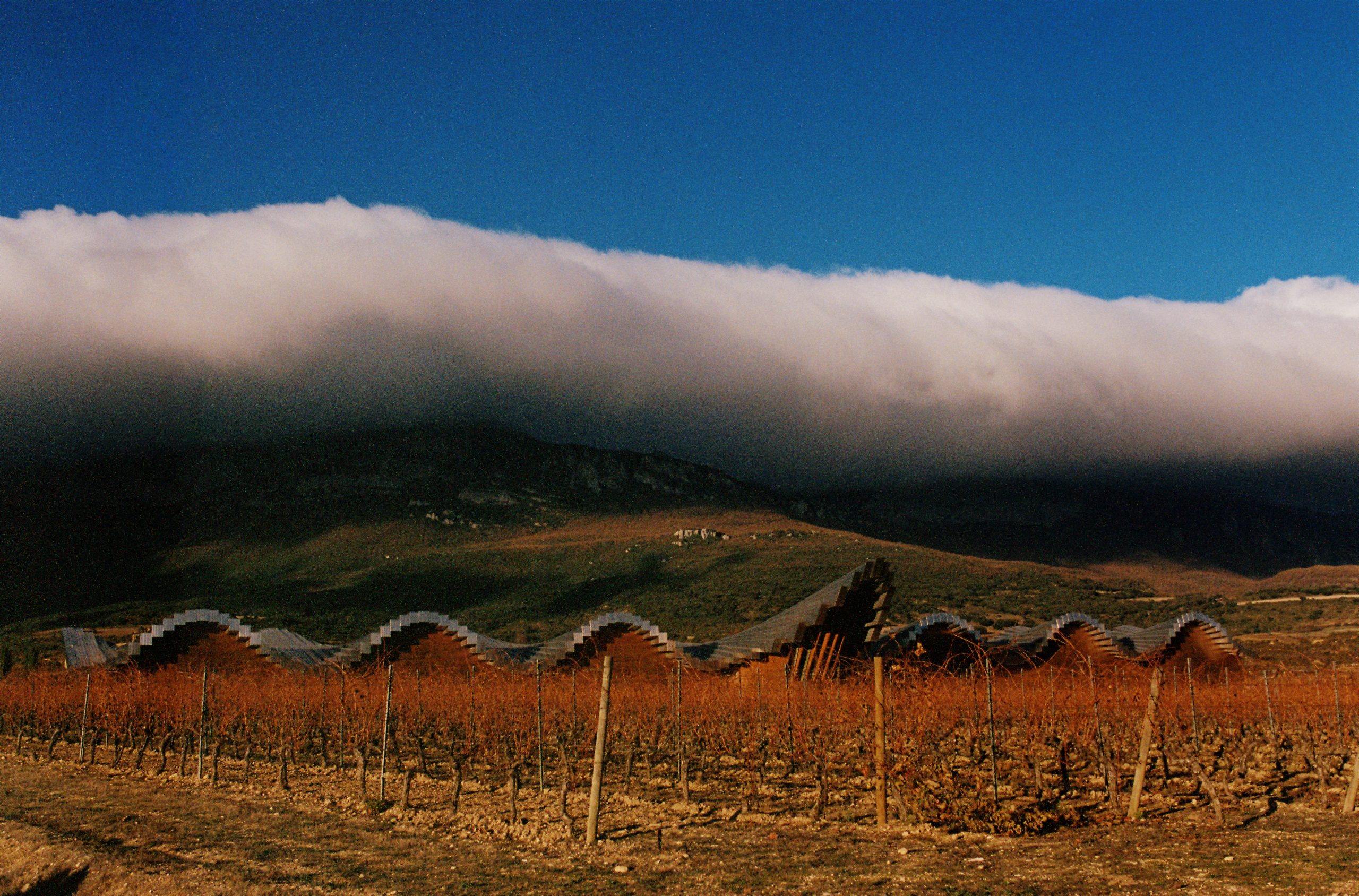Australia satellite maps all its vineyards
Australia’s entire vineyard area has been comprehensively mapped in the country’s first ‘National Vineyard Scan’ and was found to be 8% bigger than previously thought.
Funded by Wine Australia and conducted by Consilium Technology, the programme used both artificial intelligence and satellite imagery to record every scrap of land planted with vines.
The new data will replace the old Australian Bureau of Statistics sector survey which was last issued in 2015.
That paper had recorded Australia’s national vineyard at 135,133 hectares but the new scan has shown it to be 146,128ha, 8% bigger.
Region’s that have ‘gained’ more vineyards from the 2015 ABS survey are: Barossa Valley (up 1,560ha), Riverland (up 2,034ha) and Margaret River (up 966ha).
Meanwhile, Riverina (down 2,112ha) and Murray Darling (down 942ha) had shown the most significant reductions.
Other interesting facts from the scan include: the total length of all the vine rows in Australia is 463,718 kilometres, enough to wrap around the Earth 11 times; the average density of vine rows was 3.17km p/ha and 75,961 individual blocks were identified.
The largest geographic identification is Riverland in South Australia and the smallest is Hastings River in New South Wales.
Partner Content
In addition, the mapping has allowed an assessment of planting densities by GI and sub-region to be measured for the first time.
And the percentage of vineyard within each GI sub-region can also now be calculated. For example, 53% of the Hunter region in NSW falls within the Pokolbin GI sub-region, 19% in Broke Fordwich and 18% in Upper Hunter Valley.
Wine Australia’s CEO, Andreas Clark, said: “This scan provides the sector with a very good baseline for follow-up surveys that will be carried out over the next two years.
‘The last ABS survey set the total reported area of vineyards at 135,133ha, about 8% less than the Vineyard Scan found, but because of the differences in the methods used it is unwise to assign all of that difference to growth in plantings – some of that difference is likely to be the difference between estimated returns in the survey and actual mapping.
‘If all of the difference between the two figures were to be taken into account, it would suggest growth of 11,000ha nationally in three years or about 4% average annual growth per year, which aligns with anecdotal reports of only very moderate increases in plantings over that timeframe.”





How can this be accessed?
Cheers,
Thomas